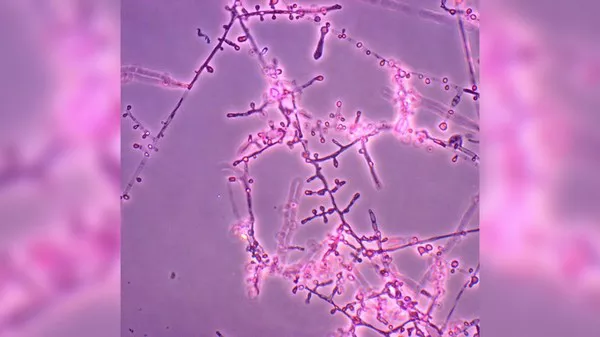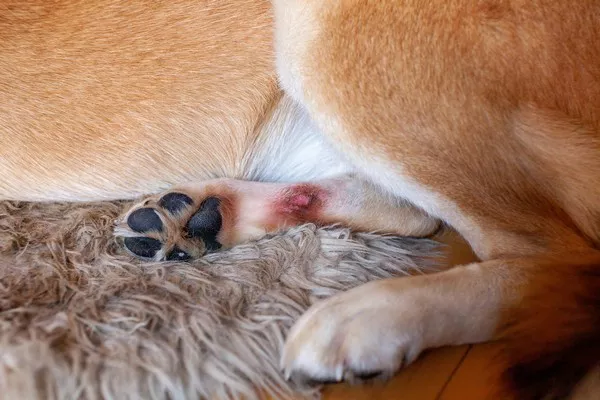Ringworm, despite its name, is not caused by worms but rather by a fungal infection. It is a common misconception that this condition can only be transmitted through contact with animals or contaminated objects. However, one of the significant concerns regarding ringworm is its potential transmission from human to human. In this article, we delve into the intricacies of ringworm transmission, its causes, symptoms, and prevention measures.
Understanding Ringworm:
Ringworm, medically known as dermatophytosis, is a fungal infection that affects the skin, scalp, and nails. It is caused by various fungi belonging to the dermatophyte group, including Trichophyton, Microsporum, and Epidermophyton species. Despite its name, the infection doesn’t involve any worms. Instead, it manifests as circular, red, scaly patches on the skin, often resembling a ring, hence the name “ringworm.”
Modes of Transmission:
Ringworm can spread through various means, including direct skin-to-skin contact with an infected person, animal, or contaminated objects such as towels, clothing, and grooming tools. However, the most common mode of transmission is through direct contact with an infected individual. This close contact allows the fungal spores to transfer from one person to another, leading to the development of ringworm lesions in the new host.
Human-to-Human Transmission:
Human-to-human transmission of ringworm occurs when an individual comes into contact with the fungal spores shed from the lesions of an infected person. This can happen during activities such as sharing personal items like clothing, towels, combs, or through direct skin-to-skin contact. In crowded environments such as schools, gyms, or daycare centers, where people are in close proximity, the risk of transmission increases significantly.
Symptoms of Ringworm:
The symptoms of ringworm can vary depending on the location and severity of the infection. Common signs and symptoms include:
- Red, scaly, itchy patches on the skin
- Circular or ring-shaped rash
- Blister-like lesions
- Hair loss (if the scalp is affected)
- Brittle or discolored nails (if the nails are infected)
It is essential to note that some individuals may be carriers of the fungus without exhibiting any symptoms, making it challenging to identify and control the spread of the infection.
Preventing Human-to-Human Transmission:
Preventing the transmission of ringworm from human to human involves implementing a few simple yet effective measures:
1. Maintain Good Hygiene Practices: Regular handwashing with soap and water is crucial in preventing the spread of ringworm. Encourage individuals to avoid sharing personal items such as clothing, towels, and grooming tools.
2. Keep Skin Dry and Clean: Fungi thrive in warm, moist environments. Therefore, keeping the skin clean and dry can help prevent the growth and spread of ringworm. Pay special attention to areas prone to sweating, such as the armpits, groin, and between the toes.
3. Avoid Close Contact with Infected Individuals: If someone in the household or community is diagnosed with ringworm, it is essential to avoid close contact until the infection is treated and resolved. This includes refraining from sharing beds, towels, and clothing.
4. Prompt Treatment: Seek medical attention promptly if you suspect you have ringworm or any other fungal infection. Early diagnosis and treatment can help prevent the spread of the infection to others and reduce the risk of complications.
5. Environmental Cleaning: Regularly clean and disinfect surfaces, especially those that come into contact with the skin, such as countertops, exercise equipment, and shared spaces. Wash clothing, bedding, and towels in hot water and dry them thoroughly to kill any fungal spores.
Conclusion
In conclusion, ringworm can indeed be passed from human to human through direct skin-to-skin contact or contact with contaminated objects. Understanding the modes of transmission, symptoms, and preventive measures is crucial in controlling the spread of this fungal infection. By practicing good hygiene, maintaining clean and dry skin, and seeking prompt treatment when needed, we can effectively prevent the transmission of ringworm and promote overall skin health and well-being.























